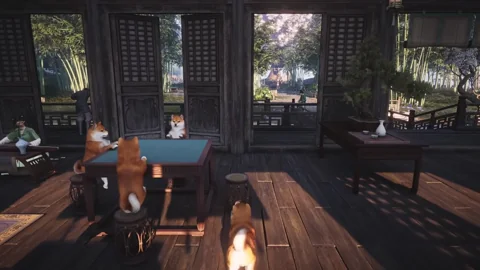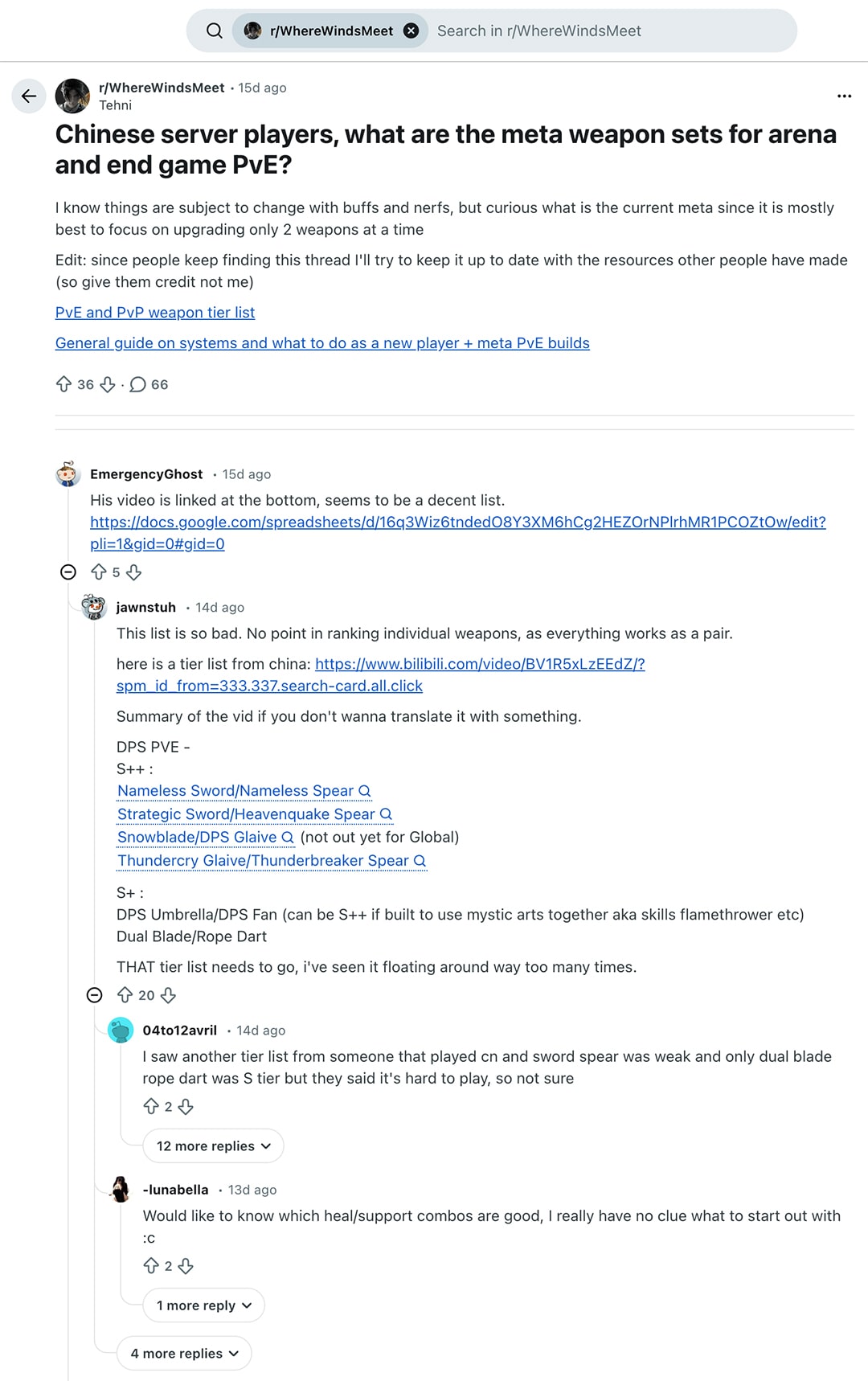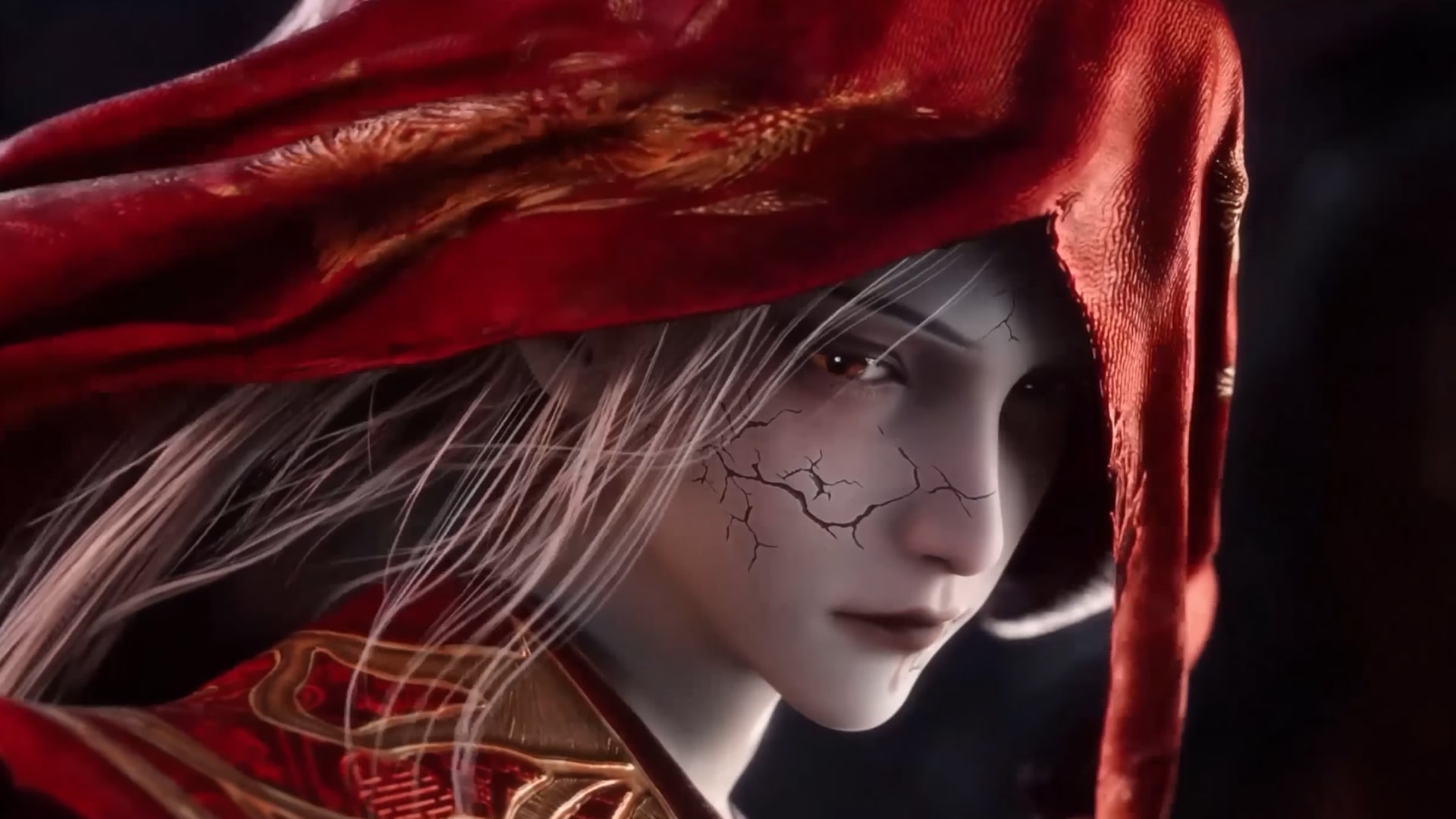NetEase Games released Where Winds Meet globally on November 14, marking the latest major push by the Chinese game publisher into international markets. Developed by Everstone Studios, the title is available on PlayStation 5 and PC, including Steam. The global launch followed a domestic release earlier this year after an open beta in 2024. The company has indicated that versions for Xbox and mobile devices may follow, though these plans remain unconfirmed. A separate open beta for the mobile edition has already been tested in China.
Set against a stylized interpretation of the Five Dynasties and Ten Kingdoms period in tenth-century China, Where Winds Meet is an open-world, free-to-play roleplaying game rooted in traditional Chinese martial arts and cultural motifs. Players take on the role of wandering adventurers who can master various weapon styles—including swords, spears, dual blades, glaives, umbrellas, and fans—and pursue professions such as doctor, merchant, assassin, or bounty hunter. According to TechRadar, the launch version offers around 150 hours of single-player content, alongside a multiplayer mode supporting cooperative play for up to four players.
The game’s art direction and world design draw inspiration from several modern titles. Its landscapes and combat sequences evoke Ghost of Tsushima, while its open-world structure resembles Genshin Impact by Mihoyo (known internationally as Hoyoverse). Like many contemporary roleplaying games, Where Winds Meet integrates mini games such as archery, chess, and mahjong to diversify gameplay and test players’ reflexes, strategy, and problem-solving skills.


A key differentiator lies in its dual weapon system, which allows players to equip two weapon types at once and combine their move sets dynamically in combat. The feature adds flexibility to play styles but has also contributed to the rapid emergence of “meta” builds as players share optimized setups online. Shortly after the global release, new players began seeking guidance from those familiar with the Chinese version to refine their strategies.

While the game delivers in visual design and combat variety, its multiplayer elements have received mixed feedback. Co-op play is limited to small groups, where players can complete side quests, explore dungeons, and engage in open-world missions. Some users have reported uneven difficulty balancing tied to host progression, which can create disparities within teams. Others note that the game’s overall difficulty remains low enough that most missions can be cleared solo, diminishing the incentive for cooperative play.

These design choices raise broader questions about long-term sustainability under the free-to-play model. NetEase has emphasized that Where Winds Meet is not pay-to-win, restricting monetization to optional purchases such as costumes, mounts, and visual effects. However, this restrained approach may limit revenue potential.
By contrast, Genshin Impact has maintained recurring income through its gacha mechanics, while Black Myth: Wukong succeeded under a traditional model, driving one-time purchases through its robust graphics, lore authenticity, and compelling combat design. Free-to-play titles like Where Winds Meet therefore face greater pressure to sustain engagement over time.
Despite these uncertainties, early performance metrics suggest considerable interest. NetEase reported more than two million players within the first 24 hours of the global launch. Data from SteamDB indicates that the game reached an all-time peak of just over 250,000 players on November 23, ranking seventh on Steam by daily active users as of November 27. In its latest earnings report, the publisher identified the title as one of several contributing to overall gaming revenue, though it did not disclose earnings by individual title. Given the recency of the international release, the game’s long-term financial contribution remains to be seen.
The global rollout of Where Winds Meet reflects China’s expanding influence in international game development. Black Myth: Wukong achieved worldwide acclaim, while Mihoyo has built a global presence through Genshin Impact, the Honkai series, and upcoming titles such as the recently announced Varsapura. In mobile gaming, Tencent’s TiMi Studio Group continues to dominate with Honor of Kings, while Moonton Games, backed by ByteDance, maintains a strong following with Mobile Legends: Bang Bang.
As Where Winds Meet broadens its international footprint, its trajectory will depend on sustained player engagement, potential platform expansions, and future content updates. NetEase has already announced several upcoming features, including Steam Deck compatibility, expanded in-game outfit customization options, and PS5 Pro support for PSSR (PlayStation Spectral Super Resolution).
Yet, its long-term outlook will likely depend on how effectively NetEase addresses concerns about its monetization and multiplayer systems in an increasingly competitive global market.

